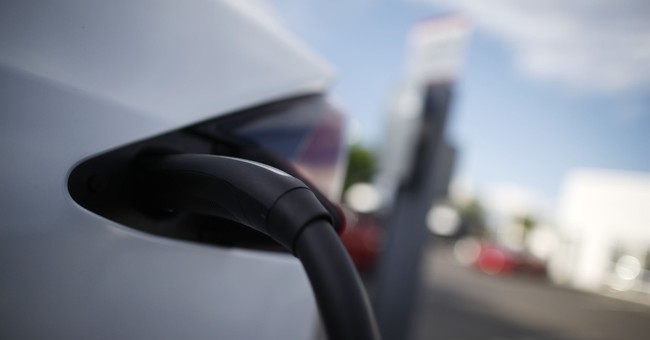For example, as the experts at
powerthefuture.com point out, here are 10 facts about EVs the Left doesn’t want Americans to know:
1. EVs are powered by fossil fuels. According to the
U.S. Energy Information Administration (EIA), fossil fuel-based power plants — coal, oil, or natural gas — create about 60% of the nation’s electrical grid, while nuclear power accounts for nearly 20%.
2. The batteries of EVs rely on cobalt. An estimated
70% of the global supply of cobalt emanates from the Democratic Republic of the Congo, a country with deplorable working conditions, especially for children.
3. A
study released earlier this year by an environmental group showed that nearly one-third of San Francisco’s electric charging stations were non-functioning. The population of San Francisco represents roughly two percent of California.
4. Supporters of the California law admit there will be a
40% increase in demand for electricity, adding further strain to the grid and requiring increased costs for power and infrastructure.
5. According to one researcher, the strain of adding an EV is similar to adding “
1 or 2 air conditioners” to your home, except an EV requires power year-round.
6. Today, 20 million American families, or one in six, have
fallen behind on their electric bills, the highest amount ever.
7. Utility companies will need to add $5,800 in upgrades for every new EV for the next eight years in order to compensate for the demand for power. All customers will shoulder this cost.
8. The average price for an electric vehicle is currently $66,000, up more than 13% in just the last year, costing an average of
$18,000 more than the average combustible engine. Meanwhile, the median household income is $67,521. For African American families, the average is $45,870, and for Hispanic households, $55,321.
9. A
2022 study found that the majority of EV charging occurs at home, leaving those who live in multi-family dwellings (apartments) at a real disadvantage for charging.
10. The same study also noted that many drivers charge their EVs overnight when solar power is less available on the grid.

pjmedia.com



